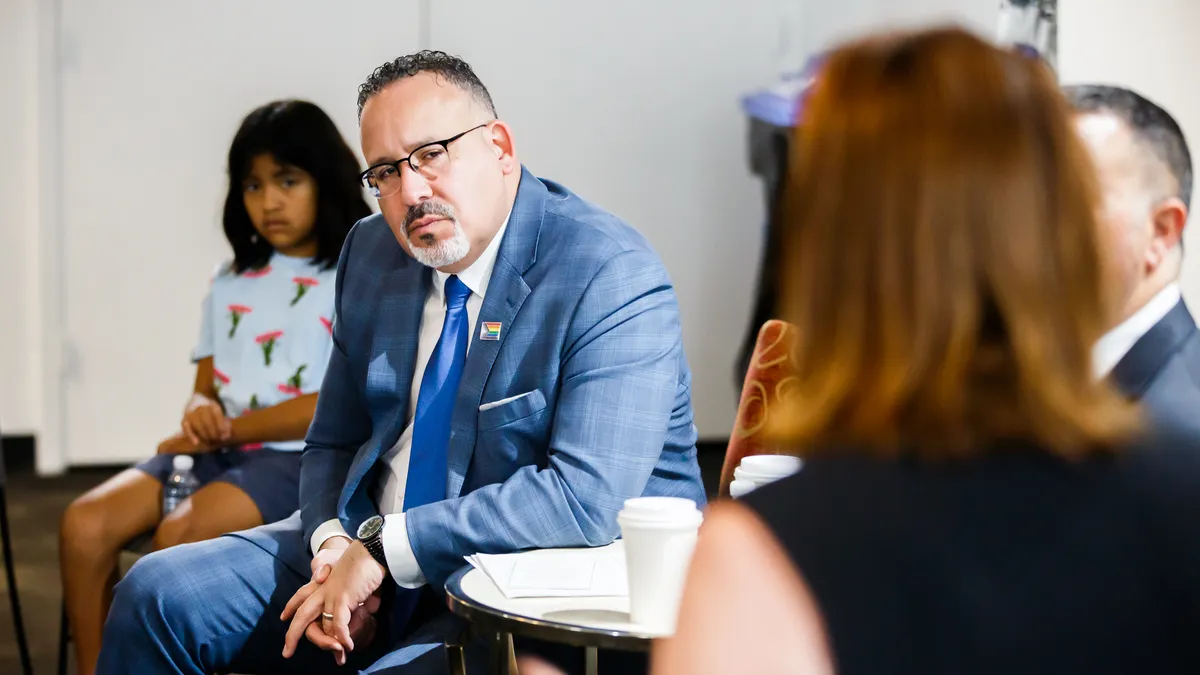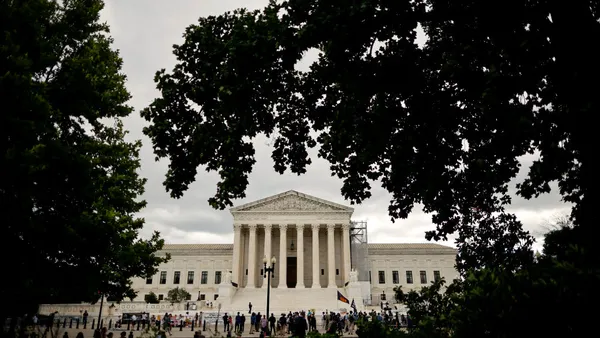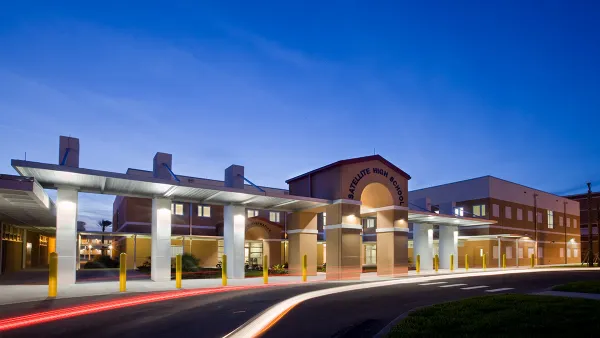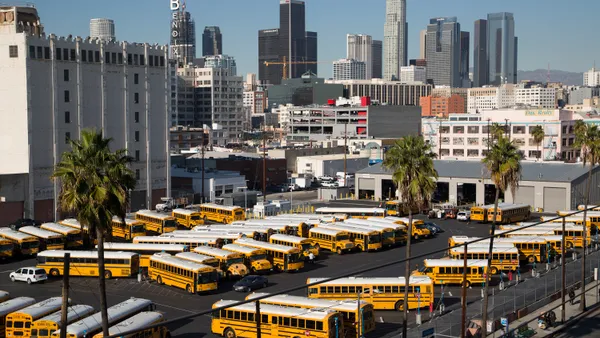While U.S. Secretary of Education Miguel Cardona has continuously pushed for states and districts to use pandemic relief and recovery funds to address the teacher shortage crisis, he announced Thursday how American Rescue Plan fund investments to support the teaching profession can be sustained in the long-term through other existing federal allocations.
Cardona has previously called for sustained efforts for ARP funding through President Joe Biden’s budget as education leaders worry about the potential of a fiscal cliff.
In a fact sheet released Thursday, the Education Department outlined how ARP funds can still give teachers competitive wages, cover licensure fees, and create or add to loan forgiveness or scholarship programs. The federal COVID-19 relief can also help pay for high-quality teacher mentorship opportunities and partnerships between state, educator preparation programs and districts to support teacher residencies and “grow-your-own” approaches.
But the support for these programs can go beyond ARP funding, according to the fact sheet.
Suggested strategies for other federal funding streams to address teacher shortages include investing:
- Title I funds to give financial incentives to recruit educators to work in schools that serve more low-income students.
- Teacher Quality Partnership Grants from the Higher Education Act Title II to support effective teaching pathways.
- Augustus F. Hawkins Centers of Excellence Grants from HEA Title II to support diverse teacher pipelines by expanding teacher education programs at minority serving institutions and historically Black colleges and universities.
- Providing teachers needed resources by using Elementary and Secondary Education Act Title IV funds to expand the number of mental health professionals in schools through recruitment and retaining practices.
- Individuals with Disabilities Education Act, Part B grants to improve salaries of special education teachers and address costs associated with speech therapists and psychologists.
“But federal funding alone is not going to cut it,” Cardona said Thursday during a speech at the Bank Street College of New York. “We need this at all levels.”
Teacher shortages have been noted widely, as 44% of public schools report full- or part-time teacher vacancies, according to a National Center for Education Statistics survey of 670 public schools released in March.
“It shouldn’t take schools to be closed and the crisis that we’re seeing — where we don’t have enough teachers — for us to appreciate what teachers contribute,” Cardona said
Joshua Starr, a former superintendent and chief executive officer of PDK International, said he appreciates Cardona calling attention to resources that support critical components addressing the teacher shortage. PDK operates Educators Rising, a nationwide career and technical student organization that provides programming and curriculum for grow-your-own programs.
What’s not being addressed is why teachers, particularly educators of color, are leaving schools to begin with, Starr said.
“The reality is that teachers are questioning whether or not they’re going to be safe in school and whether they’re going to have to protect their kids from a school shooter,” he said.
Nearly 40% of 2,000 teachers surveyed nationwide said they are more likely to leave the profession at the end of this school year if a push for laws that “prevent honest teaching and conversations” reaches their classrooms, according to a January report from Stand for Children, a nonprofit advocating for equity in public education, and SurveyUSA, an independent research firm.
“The political divisiveness of this country is so extreme,” Starr said. “Teachers feel it, man, and I think we need the secretary and the president and everybody else to stand up.”
“We need to honestly speak about the conditions we’ve created for our educators these days,” Starr said.














